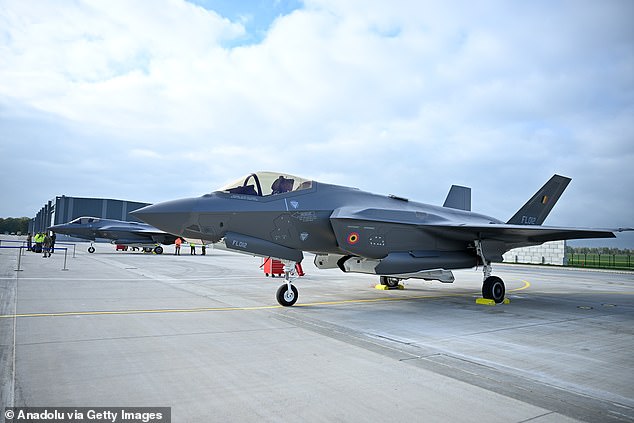The skies above Norway became the latest stage for NATO and Russia’s ongoing game of aerial cat and mouse this week.
Two NATO F-35 fighter jets were quickly deployed to intercept a Russian IL-20 COOT-A reconnaissance aircraft cruising in international airspace above Finnmark, marking yet another bold move from Moscow.
The Spy Plane’s Capabilities Raise Alarm
NATO Air Command confirmed the interception on social media, sharing an image of the sleek Russian aircraft.
The IL-20 is no ordinary plane—it carries advanced electronic and communications intelligence equipment, capable of radar imaging and mapping sensitive areas.
Its appearance is a stark reminder that Russia continues to probe NATO’s defenses, testing reactions and gathering information.
Moscow’s Silence and Norway’s Warnings
So far, the Kremlin has remained tight-lipped about this latest flight, though it has historically dismissed NATO complaints, claiming its aircraft operate legally in international airspace.
Norway, however, has tracked multiple incursions this year, with Russian aircraft breaching its airspace on three separate occasions.
The IL-20 isn’t new to such confrontations. Just last month, German and Swedish fighter jets were scrambled when the plane was detected over the Baltic Sea, flying without a flight path or radio contact—making it almost invisible until it was spotted.
NATO Leaders Call for Stronger Measures
Security experts and political leaders across Europe are increasingly vocal about the need for a firmer response.
Latvia’s President Edgars Rinkēvičs argued that NATO should transition from “air policing” to full-scale “air defence.”
Meanwhile, Admiral Giuseppe Cavo Dragone indicated that taking down hostile aircraft could be on the table, depending on threat assessments, though it wouldn’t be NATO’s first or only option.
Unsurprisingly, the Kremlin warned that any such action could escalate into open conflict, highlighting just how fragile the balance in Europe’s airspace has become.
Drone Incursions and Escalating Risks
It isn’t just spy planes that are raising alarm. Poland reported overnight drone attacks on Ukrainian positions in September, with 19 to 23 drones entering Polish airspace.
Polish forces intercepted at least four, but one drone caused significant property damage when it struck an elderly couple’s home.
Warsaw labeled the incident a “serious escalation” and sought consultations under NATO’s Article 4, which allows allies to discuss threats to collective security.
Similarly, Estonia reported a “brazen” violation of its airspace on September 19, when three Russian MiG-31 fighter jets entered without flight plans or transponders.
Italian F-35s on Baltic patrol quickly scrambled to escort the aircraft out.
Copenhagen Airport also temporarily halted operations after large, unidentified drones were spotted flying over restricted zones, though their origin remains unconfirmed.
Europe’s Defence Posture Tightens
The surge in incidents underscores Russia’s strategy of intimidation and intelligence gathering.
Since the invasion of Ukraine in 2022, NATO countries have ramped up air patrols and surveillance.
Defence budgets are swelling across the continent, with Sweden even considering developing nuclear capabilities for the first time.
Meanwhile, Britain, France, and Germany have warned Russia that intruding aircraft would be met with force.
The UK’s Defence Secretary John Healey stated: “Our Typhoons are fully equipped to take out Russian drones that enter NATO airspace, and we will not hesitate to act.” U.S.
President Donald Trump echoed the sentiment, urging NATO nations to respond decisively, while NATO Secretary-General Mark Rutte noted that such action would be appropriate “if so necessary.”
A High-Stakes Game in the Skies
As Russian incursions continue, the tension in Europe’s northern airspace shows no signs of easing.
NATO remains on high alert, balancing the need to defend member states with the risk of escalating a dangerous confrontation.
For now, each interception serves as a reminder that the skies over Europe are becoming a high-stakes chessboard, with Moscow testing NATO’s resolve at every turn.
Share on Facebook «||» Share on Twitter «||» Share on Reddit «||» Share on LinkedIn